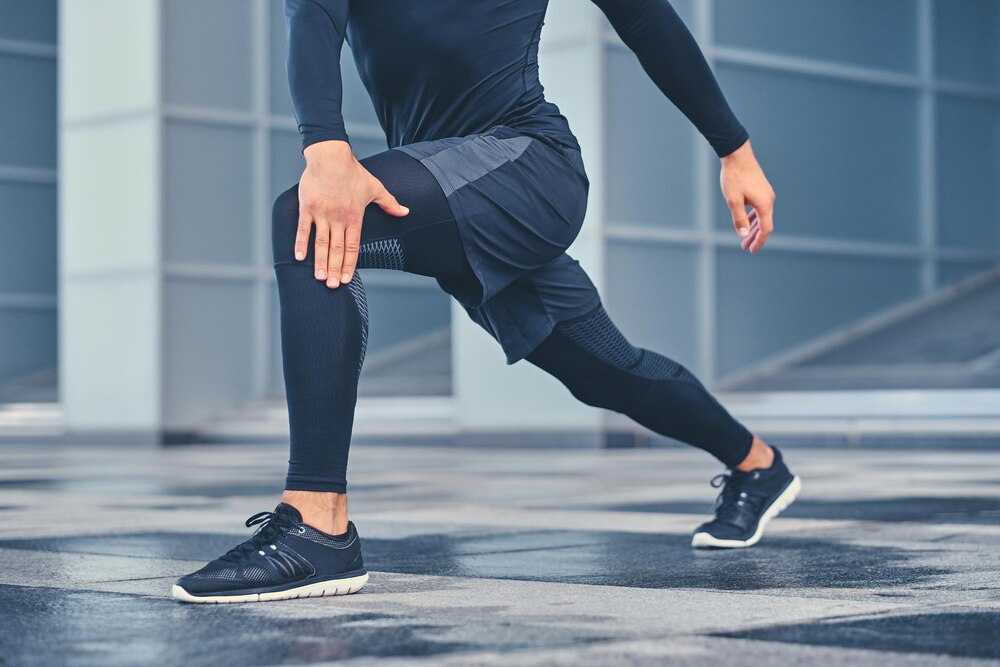Blog Outline
How Soon Can I Walk After a PRP Injection?
If you’re considering a platelet-rich plasma (PRP) injection for joint, tendon, or ligament pain, you’re probably wondering how soon you’ll be able to get back on your feet. The good news? Most patients can walk immediately after a PRP injection—but how much activity you should do afterward depends on your injury, the injection site, and your personalized recovery plan.
At CORE Sports Medicine & Lifestyle Medicine, we specialize in advanced regenerative treatments like PRP and make sure each patient understands what to expect before, during, and after the procedure.
What Is a PRP Injection?
PRP (platelet-rich plasma) therapy uses a concentrated dose of your body’s own platelets to stimulate healing in damaged tissues. After a small sample of your blood is drawn and processed, the PRP is injected directly into the injured area—often joints, tendons, or ligaments that haven’t responded well to conservative care.
It’s commonly used for:
-
Tendon injuries like tennis elbow or achilles tendinitis (or rotator cuff when discussing upper body joints)
-
Knee arthritis
-
Plantar fasciitis
-
Muscle strains or tears
-
Ligament injuries
Can I Walk Right After My PRP Injection?
In most cases, yes—you can walk immediately after your PRP injection. There’s typically no need for crutches, although some patients may experience mild soreness or stiffness at the injection site for a few days.
That said, just because you can walk doesn’t mean you should return to normal activity right away. Healing takes time, and overdoing it too soon can reduce the effectiveness of the treatment.
What to Expect in the First Few Days After PRP
Here’s a general timeline of what most patients can expect after a PRP injection at CORE Sports Medicine & Lifestyle Medicine:
-
Day 0–2: Mild swelling, soreness, or stiffness near the injection site is common. You can walk, but avoid strenuous activity. Ice is generally avoided during this phase to let the natural healing process begin.
-
Day 3–7: Pain and swelling typically start to decrease. You may begin light walking and gentle stretching under your doctor’s guidance.
-
Week 1–3: Activity may gradually increase, depending on how your body responds. Most patients return to normal walking without pain during this time.
-
Week 4+: If combined with physical therapy, strength and mobility improve. More advanced activities (like running, lifting, or sports) may be gradually reintroduced.
When Should You Take It Easy?
While walking is generally okay, your provider may recommend modified activity if:
-
The injection was in a weight-bearing joint like the hip or knee
-
You have a history of chronic injury or inflammation
-
You’re receiving multiple PRP sessions or combining it with another treatment like shockwave therapy
At CORE Sports Medicine & Lifestyle Medicine, your post-injection plan is always tailored to your condition and goals.
Why Follow Post-PRP Instructions Carefully?
Even though PRP uses your body’s natural healing factors, giving the treatment time to work is essential. Overloading the injured tissue too early can disrupt the healing response and prolong your recovery.
We typically advise avoiding:
-
High-impact exercise
-
Anti-inflammatory medications (NSAIDs)
-
Ice or cortisone injections near the treated site
Instead, we guide you through a carefully managed recovery process that helps maximize the benefits of your PRP injection.
Heal Smarter with CORE Sports Medicine & Lifestyle Medicine
PRP therapy is one of the most effective regenerative treatments available for chronic pain and stubborn soft tissue injuries. And while walking is often safe right after treatment to a lower body region, your recovery success depends on how well you follow the plan tailored to your body.
At CORE Sports Medicine & Lifestyle Medicine, we combine advanced techniques like PRP and shockwave therapy with a whole-body approach to healing. Our goal is not just to get you moving again—but to help you stay pain-free and strong long term.
Schedule your consultation today to see if PRP is right for you, and get a personalized recovery plan that supports real, lasting results.





Leave a Reply